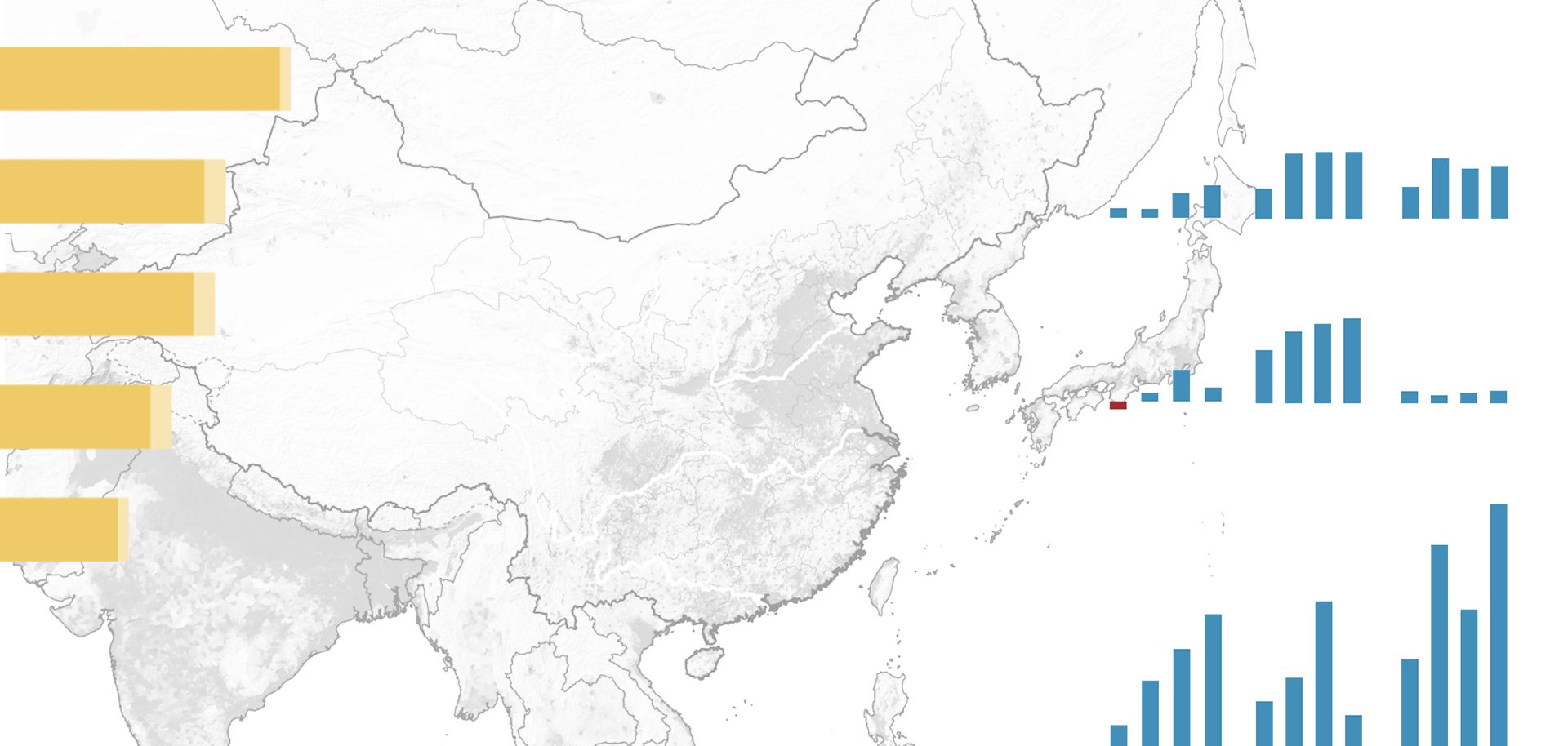
Russia, Ukraine, Slovakia and Austria agreed in 2007 on plans to extend an existing broad-gauge rail line in Russia and Ukraine through Slovakia and into Austria. The primary force behind the project is Russian Railways, which ostensibly is looking to connect rail lines between Asia and Europe. In the five years since the agreement on the project was reached, only pre-feasibility studies have been completed. An ongoing feasibility study is supposed to conclude by the end of 2013 and construction is scheduled to finish by 2016. Because of the railway project's relatively small scale and the fact that it concerns a less significant sector — transport — it will not provide anywhere near the strategic value for Moscow as some of its efforts elsewhere. For instance, Russia has been experimenting with buying European assets at low cost during the economic downtown to increase its influence in the region. Having a stake in European energy companies, energy infrastructure or major banks gives Moscow the potential to influence important strategic sectors — and Russia is adept at using its energy resources and financial capital for political ends. Although it will not be as significant as these other moves, the railway project could increase the volume of overland trade via Russian Railways. Additionally, increasing rail-based trade on a large scale would boost Russia's economic security, which is crucial considering the country's limited ability to exploit seaborne trade routes.



